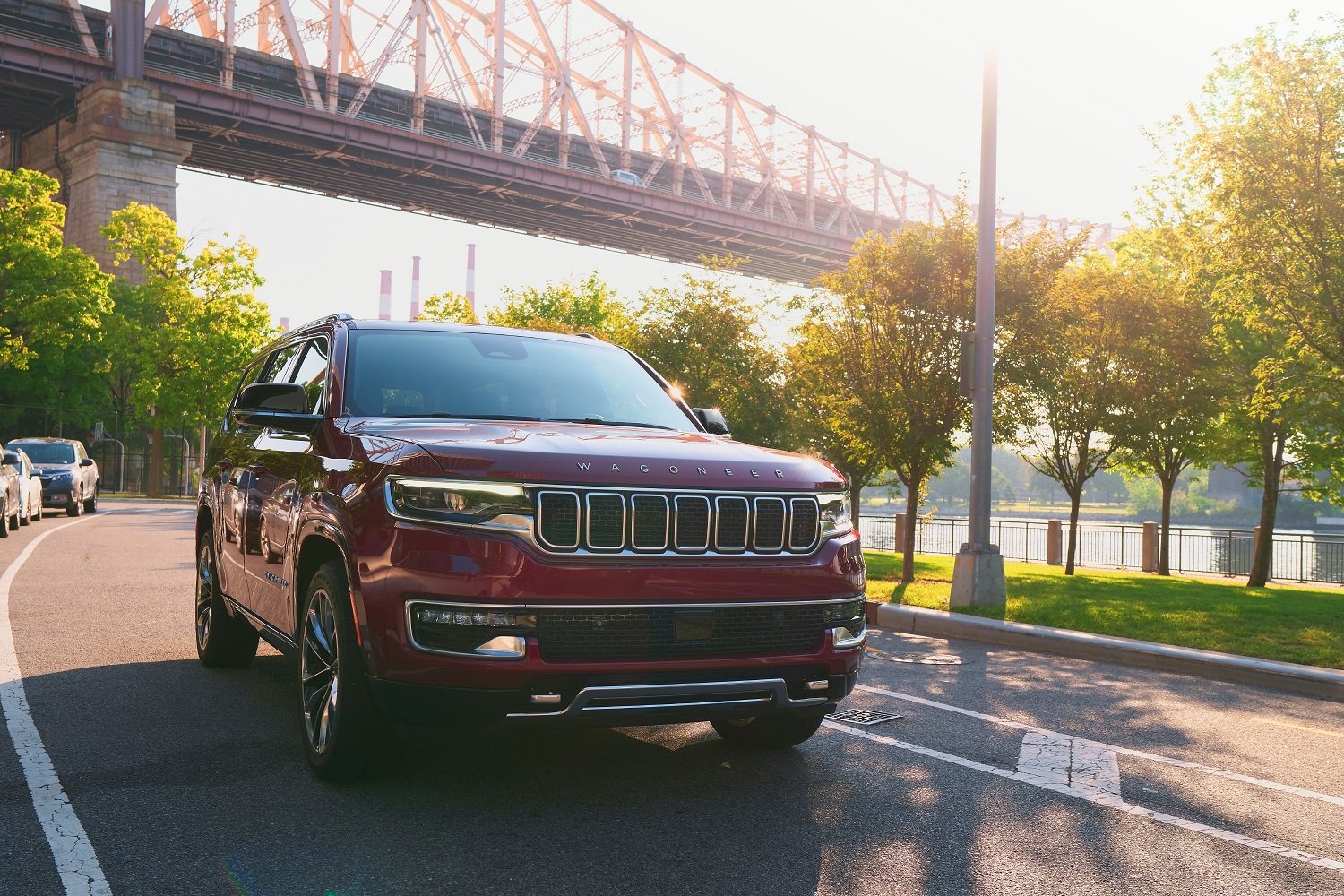Most large SUVs fail safety tests
Share
Share

Large sport utility vehicles are often seen as the embodiment of road safety due to their imposing size, but new ratings from the Insurance Institute for Highway Safety (IIHS) reveal significant differences in safety performance among popular models.
The Jeep Wagoneer emerged as the only tested SUV to earn a Top Safety Pick award, while the Chevrolet Tahoe and Ford Expedition lagged behind due to various safety shortcomings.
The Wagoneer stood out for its performance in the small overlap front crash test, which evaluates how well a vehicle protects its occupants in a collision that impacts the front corner of the vehicle. The Wagoneer maintained good survival space for both the driver and front passenger.
The Chevrolet Tahoe received an acceptable rating in the driver-side small overlap test, with sufficient survival space for the driver. However, significant footwell intrusion increased the risk of lower leg injuries.
The Ford Expedition, rated marginal, struggled in both driver- and passenger-side tests. In the driver-side test, the steering column partially detached from the instrument panel, and in both tests, the A-pillar separated from the rocker panel. Excessive footwell intrusion led to a high risk of injury to the driver’s right leg and a moderate risk to the left.
When an additional dummy was placed in the second row to evaluate updated moderate overlap ratings, none of the vehicles performed well. High seat belt forces indicated a high risk of chest injuries for rear-seat passengers in all three SUVs.
The Tahoe, rated poor, showed a high risk of head or neck injuries for rear-seat passengers, along with chest injury risks. Its second-row lap belt also slid onto the dummy’s abdomen, increasing the risk of abdominal injuries.
“These discouraging results show that some popular vehicles still lag behind in meeting the most advanced safety standards,” said Raul Arbelaez, vice president of the IIHS Vehicle Research Center. “The good news is that the top performer in this class proves that automakers can readily address these problems.”
In the updated side test, all three SUVs earned good ratings, although the Expedition’s rear dummy’s head struck the side curtain airbag hard.
For pedestrian crash avoidance, the Expedition and Wagoneer’s standard front crash prevention systems earned good ratings, successfully avoiding collisions with pedestrian dummies in most tests. The Wagoneer’s headlights also performed well, earning acceptable or good ratings. However, the Expedition’s headlights were rated marginal due to inadequate illumination and excessive glare.
The Tahoe, however, earned a marginal rating in the pedestrian test. Its standard system performed well in daylight but faltered in the dark. In specific nighttime scenarios, the Tahoe’s high beams only reduced speed by 3 mph, and its low beams failed to slow down at all, indicating poor performance.
The safety of seat belt reminders also varied among the models. The Expedition earned a good rating, the Tahoe an acceptable rating due to the lack of a reminder for the second row, and the Wagoneer a marginal rating because of a delayed unbelted occupant alert and the absence of a second-row reminder.
Leave a Reply